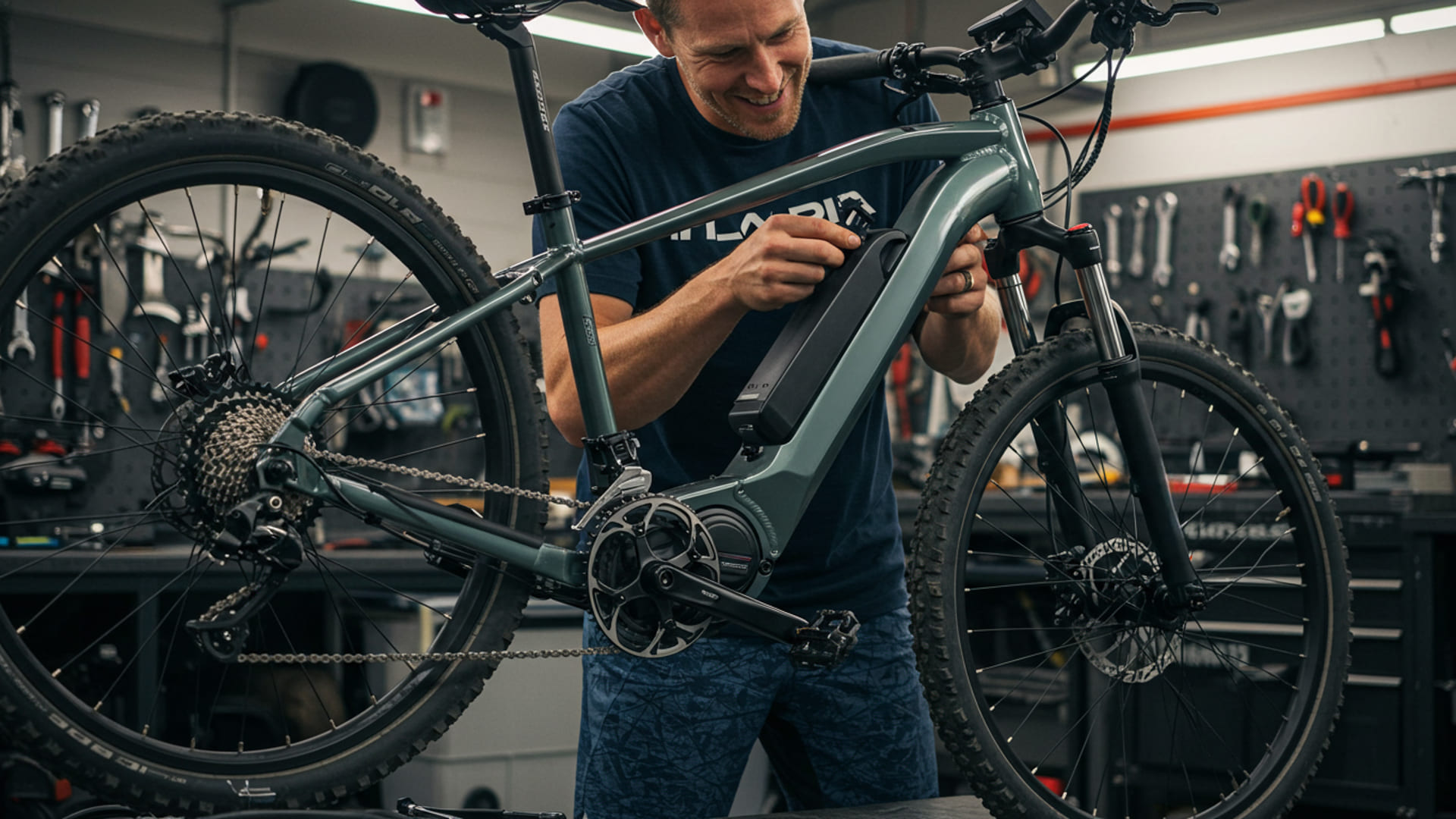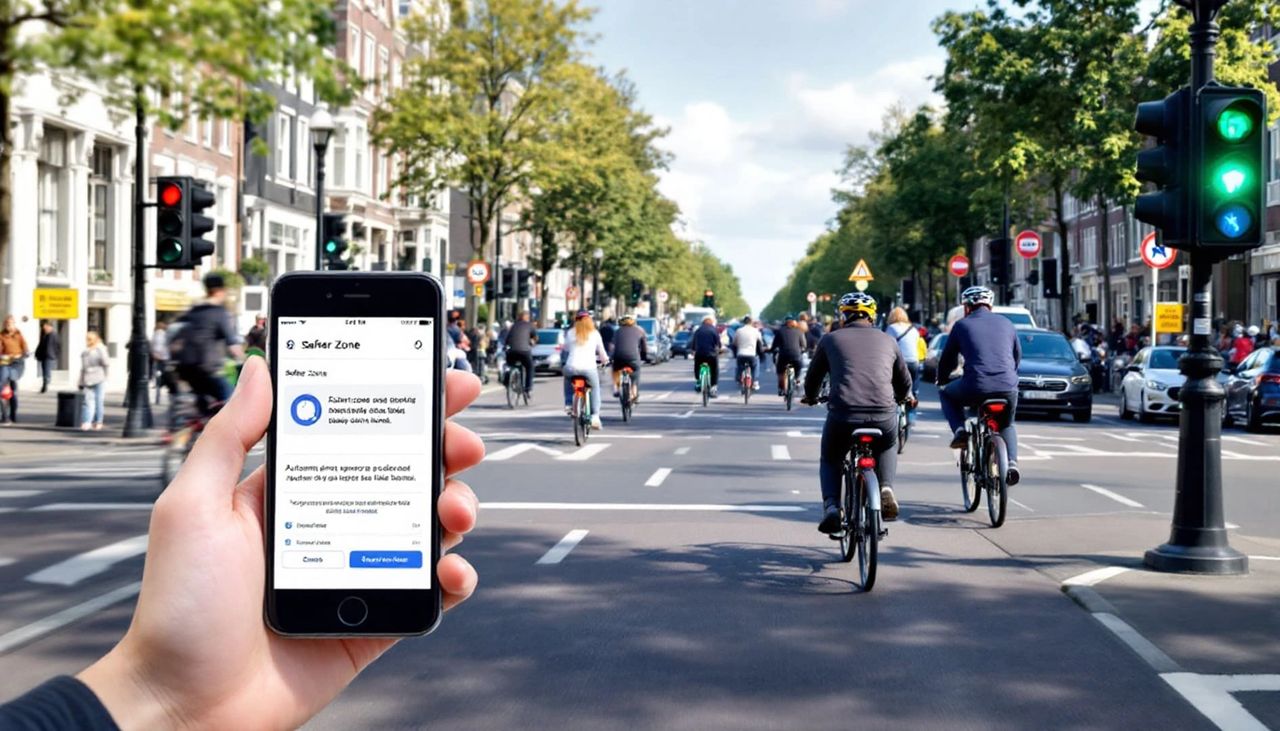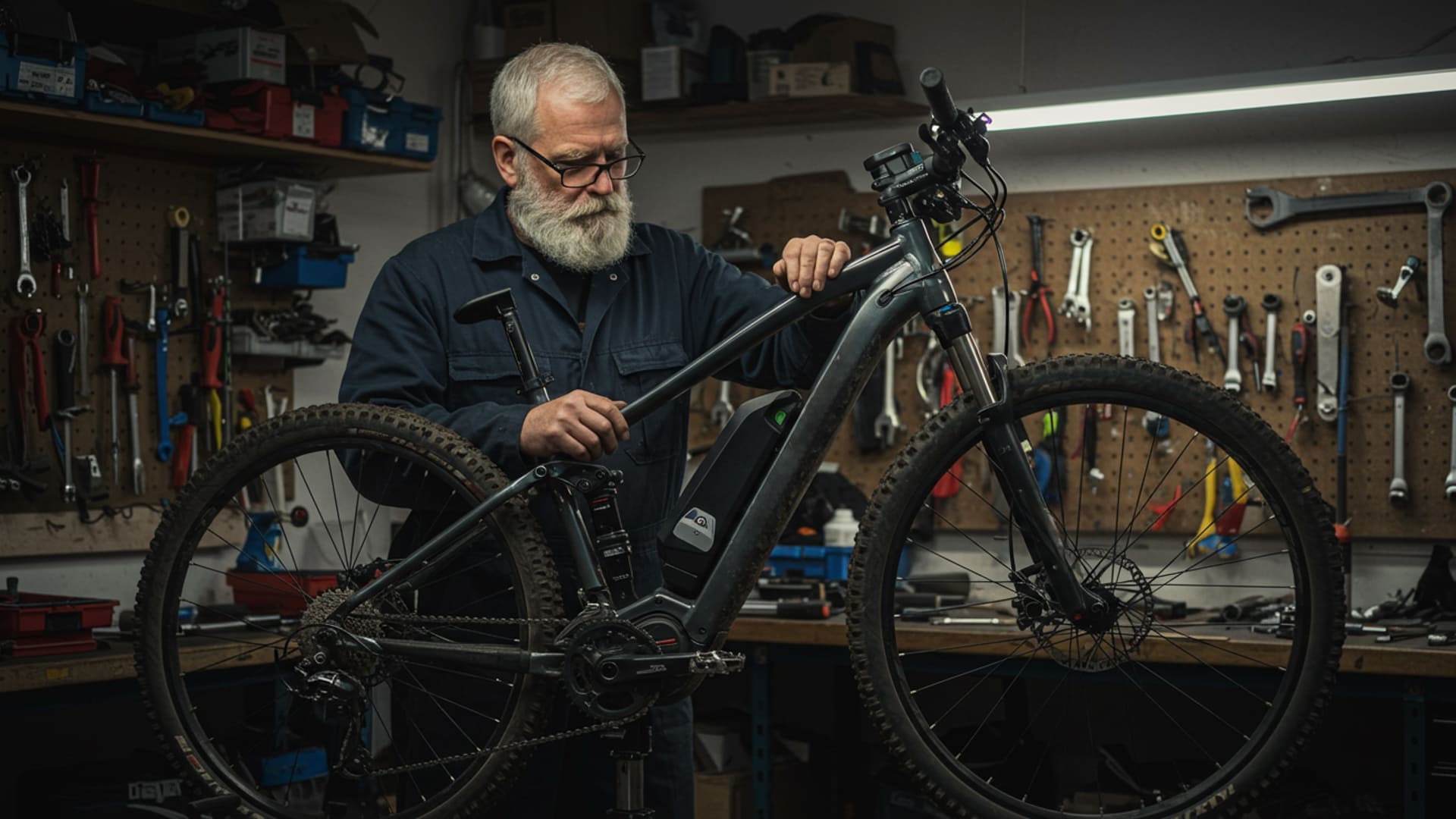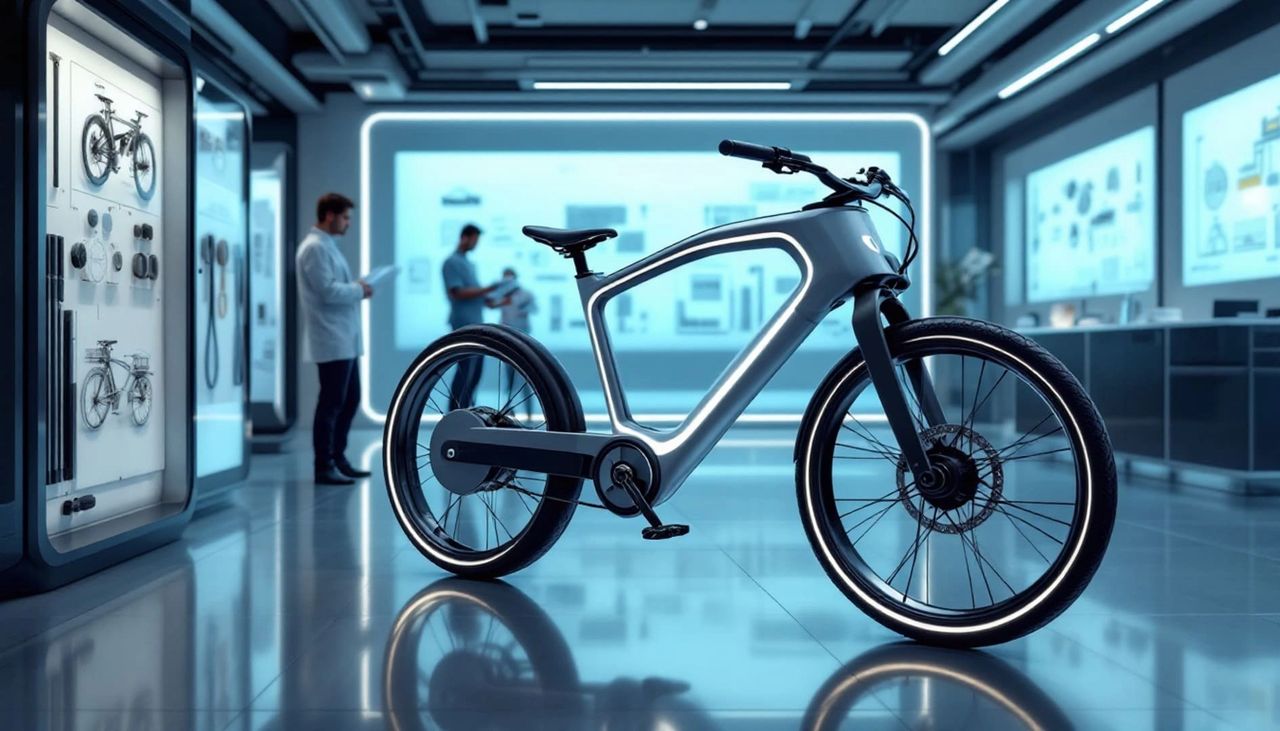Tuning Tips That Stay Within the Lines
Modifying an e-bike for performance, comfort, or utility is common among riders—but some upgrades can land you in trouble if they violate local laws. If you’re thinking of enhancing your e-bike, here’s how to do it legally and safely without risking tickets, voided warranties, or banned trail access.
Know the E-Bike Classes (and Their Limits)
Before modifying anything, understand what class your e-bike falls under:
- Class 1: Pedal-assist only, up to 20 mph
- Class 2: Pedal-assist + throttle, also capped at 20 mph
- Class 3: Pedal-assist up to 28 mph, no throttle (in most cases)
🚫 In most states, modifying your e-bike to exceed 28 mph could reclassify it as a moped or motorcycle, requiring a license, registration, and insurance.
✅ Tip: Always check state and local laws. Some areas ban Class 3 bikes from multi-use paths.
Legal Modifications You Can Make
🔧 Swap to a Better Display
Replace your e-bike’s LCD display with one that shows battery health, trip data, and range. Just make sure it’s compatible with your motor system.
🛞 Upgrade Tires for Comfort or Terrain
Larger tires (within frame clearance) can improve grip and comfort. Avoid off-road tires on commuter bikes if you mainly ride in urban areas.
🔒 Add Accessories for Safety
Install mirrors, upgraded lights, fenders, racks, or GPS trackers—these don’t affect classification and enhance usability.
💡 Example: Adding a Hafny bar-end mirror or a Lumos smart helmet doesn’t change how your e-bike is legally defined—but greatly improves safety.
🔋 Battery Upgrades (With Caution)
You can upgrade to a higher-capacity battery as long as voltage and amperage remain within manufacturer specs. Exceeding limits can void warranties or damage components.
Modifications That Might Cross the Line
❌ Tuning the Speed Limit
Disabling your speed limiter or using a “dongle” to trick the controller may be tempting—but it’s illegal in many regions and makes your e-bike noncompliant.
❌ Motor Swaps
Installing a motor over 750W or modifying assist systems to go faster than Class 3 limits could require DOT certification.
❌ Throttle Add-ons to Class 1/3 Bikes
Adding a throttle to a Class 1 or 3 e-bike without proper certification reclassifies your bike—and may restrict where you can legally ride it.
Final Thoughts
E-bike mods are fun and functional—but stay within legal limits to avoid fines, injury, or voided warranties. Stick to safety upgrades, compatible accessories, and manufacturer-approved parts, and you’ll enjoy a personalized ride that keeps you street (and trail) legal.








Leave a Reply